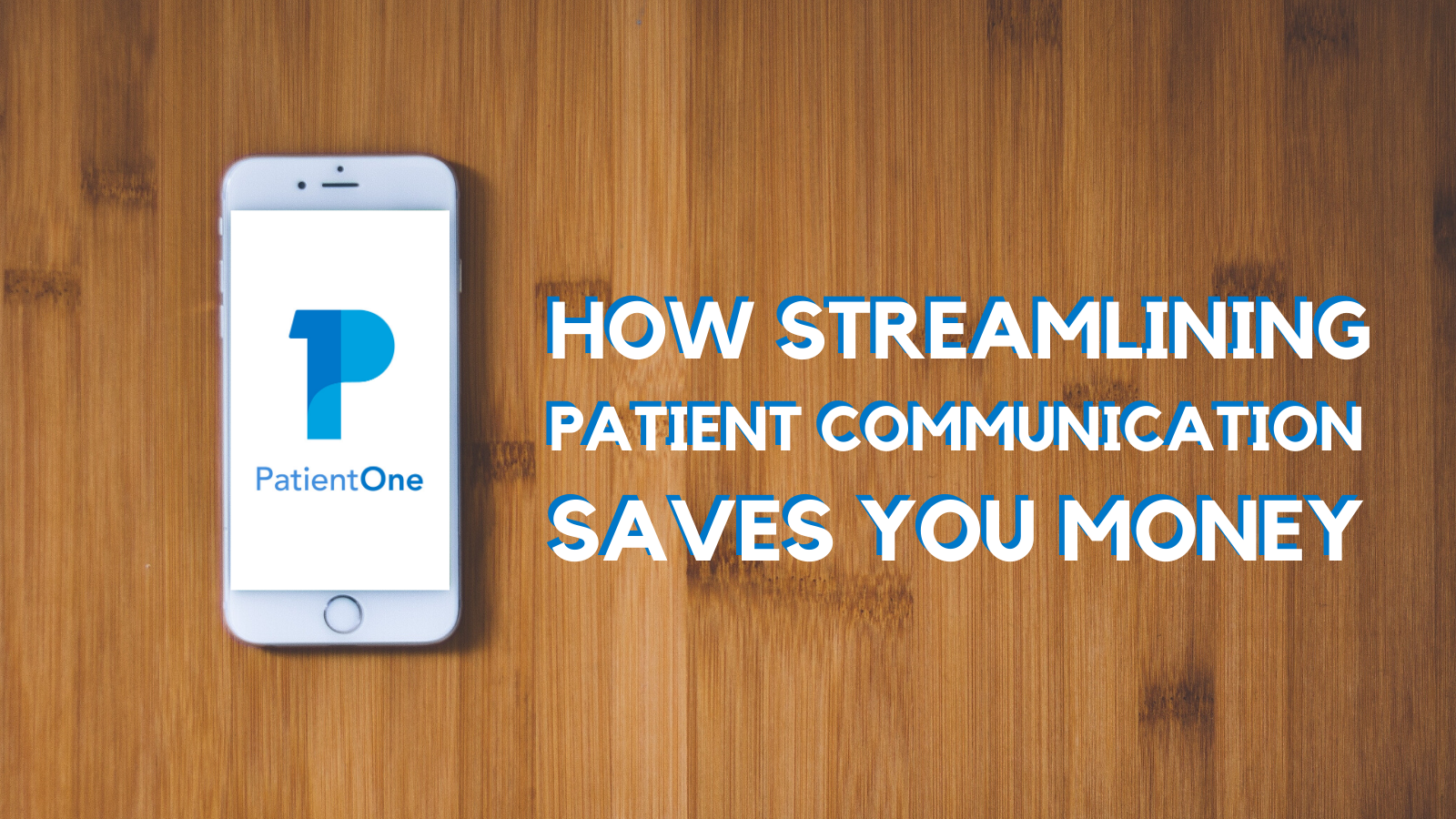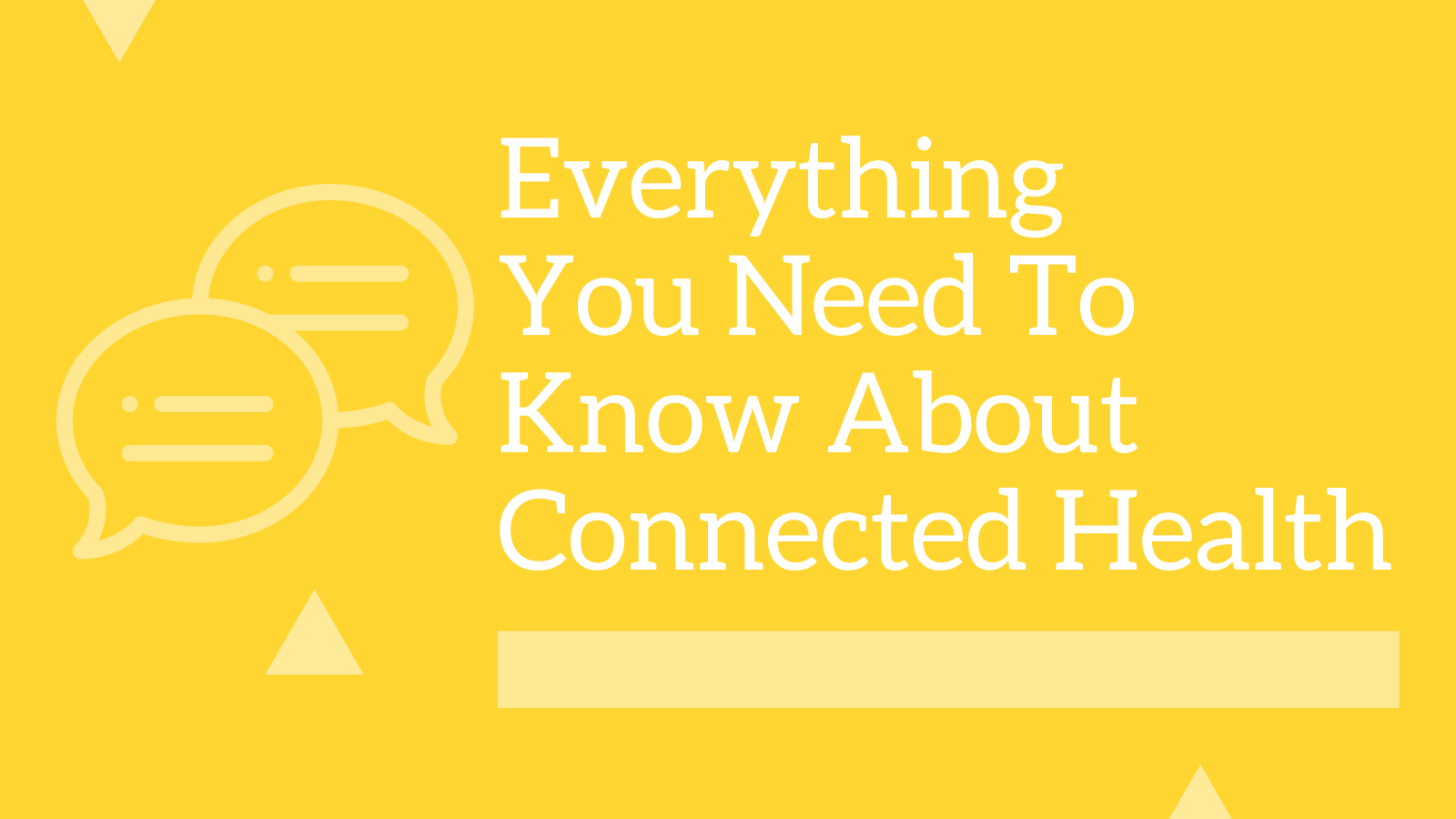Blog
Our latest news and thoughts
- All Posts
-
- Healthcare
- Remote Patient Monitoring
- Connected Care
- Patient Satisfaction
- Digital Innovation
- Standard of Care
- CMS
- Connected Health Devices
- Medicare
- Reducing Expenses
- Connected Health
- Patient Provider Relationship
- Bundled Payments
- Bundled Payments for Care Improvement
- Clinical Empathy
- Coronavirus
- Entrepreneurship
- Optimize Costs
- Physician Burnout
- Revenue
Why and How to Improve Patient Satisfaction
Topics: Healthcare, Patient Satisfaction, Standard of Care
September 04, 2019
by John O'Connor
What is patient satisfaction?
Patient satisfaction, whether at a large hospital, a small community clinic, or a specialty practice, affects every facet of a provider’s business. Satisfaction rates can impact CMS reimbursement payments, reputation through online reviews, patient retention, and the business’s bottom line.
According to the Consumer Assessment of Healthcare Providers and Systems (CAHPS), the leading governmental research organization on patient satisfaction, “How well doctors communicate, which measures how often doctors communicate with consumers, was the highest-scoring composite” in the 2018 national results.
Another recent study revealed that more than half of healthcare practitioners list patient satisfaction among the top three priorities for their organization. Forty percent of practices cite improved communication through the use of digital technology as the primary factor in boosting patient outcomes. Improved communication and decreased wait times are the biggest factors in improving patient outcomes and patient satisfaction.
Why improving patient satisfaction matters
Patient satisfaction is the primary goal for many practices for good reason. Why? Because patient satisfaction is directly linked to your bottom line. A patient lost due to dissatisfaction could cost your practice over $200,000 in lost revenue over the lifetime of your practice, according to industry estimates.
Conversely, highly-satisfied patients refer friends, earning the practice more money while saving them the cost of acquiring new patients entirely. Keep your patient satisfaction levels high and those new patients refer their friends too. Think of patient satisfaction like a flywheel: a little extra effort will increase momentum and create positive traction for years to come.
Patient One: Designed to increase patient satisfaction
Jeff Fee, CEO and co-founder of Patient One, an automated patient engagement platform, has over twenty-five years of hospital administrative experience. Through listening to patients and reviewing survey results, he says, “The main complaint that patients have is that health care providers take too long to get back to them, no one is listening, and no one cares.” This feedback can hurt a hospital, but a negative review can be detrimental to specialty clinics in a competitive market. Patient satisfaction drives foot traffic, so anything a physician or administrator can do to increase patient satisfaction can increase market share.
Patient One encourages efficient communication between patients and their health care teams. The app also offers remote patient monitoring for medication adherence protocols, chronic care management, and surgical episodes of care. The streamlined, thorough, and secure communication through Patient One has a direct impact on patients’ sense that they are heard, that they are receiving appropriate information, and that their concerns are being taken seriously.
How Patient One works
Patient One is an intuitive app that sends patients automated, yet personalized, pre- and post-visit instructions and information, timely notifications, follow-up questions, and surveys that are shared with the health care providers. Patient One’s functionality can increase patient satisfaction, while also provide useful data that providers can send in for CMS reimbursements and use to better serve their patients.
Intentionally designed with simplicity in mind, Patient One is a tool for every medical facility and every patient. It can be used by physicians, nurses, administrators, and staff in every department. The platform is implemented quickly and takes approximately 30 seconds to sign up a new patient.
Putting patients first
Today, people prefer streamlined communication, something the field of health care is woefully behind on. People communicate quickly through texts, which means they expect quick responses and easy access to the information we need. Patient One creates a platform for quick, thorough, and accurate communication between patients and their providers.
Patient One is the health care communication tool used and trusted by those who want to increase patient satisfaction, provide better care, and build a better business.
 John O'Connor is the COO of Patient One and the Practice Administrator at Five Valley's Urology. John co-founded Patient One in 2016 and brings over 25 years of medical administration experience with a proven track-record of solving complex problems. John is passionate about using technology and innovation to eliminate inefficiency and waste radically improve the quality of care in the healthcare field.
John O'Connor is the COO of Patient One and the Practice Administrator at Five Valley's Urology. John co-founded Patient One in 2016 and brings over 25 years of medical administration experience with a proven track-record of solving complex problems. John is passionate about using technology and innovation to eliminate inefficiency and waste radically improve the quality of care in the healthcare field.
1
2
https://www.practicebuilders.com/blog/patient-satisfaction-why-it-matters-and-how-to-improve-it/




